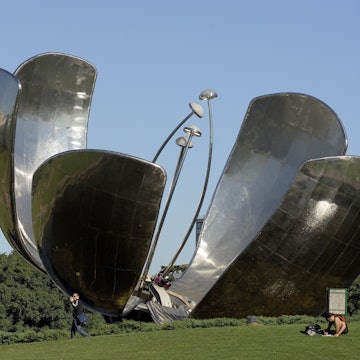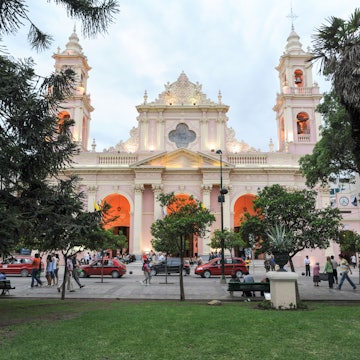

Getty Images/Westend61
Overview
Blessed with the wide expanse of the Atlantic Ocean framing its east, the mighty Andes crowning the west, a subpolar ice kingdom to the south, the jungled beauty of the northeast and the tablecloth of the Pampas blanketing its center, Argentina stands as a titan of South America. If you’re beginning your Argentina planning, you’ll quickly discover why this country is so beloved by adventurous travelers. Choose the scenery to suit your appetite, including ice-capped adventures in the southern Andes and spellbinding waterfalls in Iguazú. Sensational Buenos Aires, the most-visited city in Latin America, is equal parts seductive, cerebral and sensational. Not sure where to start? Plan your trip to Argentina with our travel inspiration and tips covering top attractions, when to visit and expert advice to help you make the most of your adventure.
Leave the planning to a local expert
Experience the real Argentina. Let a local expert handle the planning for you.
Must-see attractions
Planning Tools
Expert guidance to help you plan your trip
Best Things to Do
See astonishing natural wonders, take part in lively cultural events and try mouth-watering cuisine. Here are the top things to do in Argentina.
Read full article
Best Places to Visit
From Buenos Aires, the lively capital city, to natural wonders like waterfalls, salt flats and mountains, this is the best of Argentina.
Read full article
Best Time to Visit
Plan your trip to Argentina with this guide to climate, crowds and costs.
Read full article
Things to Know
From currency quirks to late-night dining, these 10 tenets will make your trip to Argentina a snap.
Read full article
Transportation
Argentina has long distances between major attractions. Here are the top ways to get around, whether you fly, drive or take the bus.
Read full article
Visa Requirements
With its vibrant cities, glorious national parks and world-class food and wine, Argentina has it all. Here's how to sort your visa before you visit.
Read full article
Money and Costs
Experience the best of Argentina without devastating your wallet – here are our tips for traveling on a budget.
Read full article
Best Road Trips
Argentina is an ideal place to hit the road. Here are our top routes for epic drives.
Read full article
Get a book. Get inspired. Get exploring.
in partnership with getyourguide
























